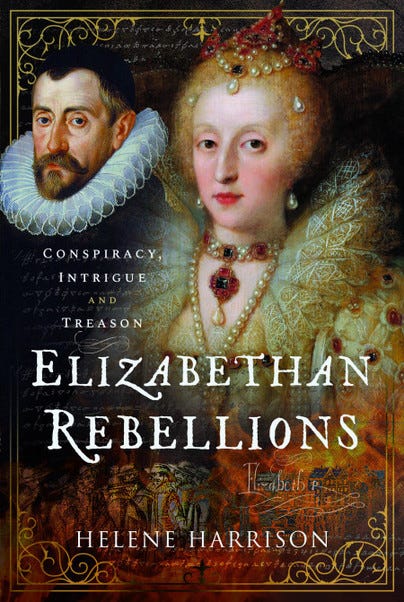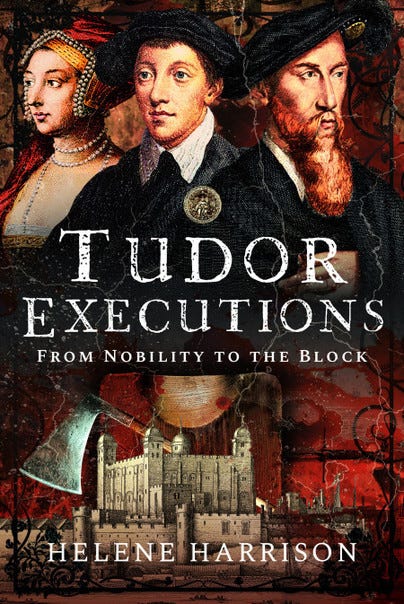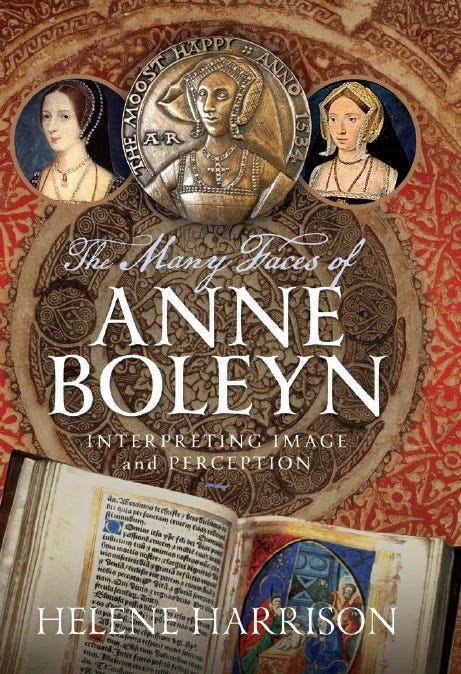Having just finished writing my fourth book (a full draft anyway!), I thought it might be interesting to reflect on my writing process and practices, and how I approach starting a new project working through to publication and all the steps in between.
I always start a new book by making a timeline of the lives of the people I’m writing about and surrounding events and context. This means that, as I research and take notes, it’s easier for me to connect things together and figure out where things fit in the chronology.
I’ve previously been taught to look for a gap in the secondary literature first, and look to fill it, but this doesn’t make sense to me. I like to look at the contemporary sources first, analyse any biases and issues myself and make up my own mind rather than being influenced by what others think. Obviously, this isn’t always possible as you can read a secondary text which perhaps introduced you to a source you didn’t know about before, so perhaps you already have a sense of it before you access the original contemporary source. It’s important to recognise when you might be being influenced by someone else or even our own biases when reading.
When examining primary sources, I tend to print them and write all over them, analysing word use and sentences, as well as meaning. I also write down questions I have or things to look into further, as well as potential links to other sources. I find this really helps me to get a sense of what I’m reading, and I’ve always really enjoyed textual analysis anyway. If I hadn’t done History at university, I would have done English Literature! I was actually accepted for both courses when I applied to university.
When tackling secondary sources, I take copious notes, writing down which sources they’ve used to reach their conclusions and whether I agree or disagree. It’s important to use viewpoints you both agree and disagree with to give a complete picture for the reader, though I also try to make my own viewpoint clear as I write. I find it’s important not just to look at the most recent secondary texts, but to go further back and understand how the historiography has developed over time, to strip back supposition to what we do actually know.
When it comes to writing, I don’t start at the beginning of the book and work through to the end. I’m more of a mood writer, working on the chapter I feel drawn to at any given moment. It also depends on where I am with research as I will continue to research while I’m writing, my work develops as I go. I also edit as I write, so it’s a constantly evolving process.
Before I actually start writing, I set a timetable for how many words I want to write each week, leaving around a month and a half before my deadline for editing and proofing. I make use of the Todoist app to plan timetables and then I get notifications of when things are due. Working full time while researching and writing can certainly be challenging, and it involves discipline and dedication, as well as organisation.
Each chapter has its own word document, and each draft is saved separately. There is also a separate folder for the supporting sections like acknowledgements, preface, illustration credits, and bibliography. The separate sections will only be combined when the manuscript is completed and sent to my publisher. It is far easier to work in smaller documents than an entire manuscript. As I work on each chapter, I print and edit by hand as I find I’m more likely to spot any errors that way, but it is personal preference, as with so much when it comes to research and writing generally.
When I’m happy with each chapter draft, a friend of mine edits and proofs for me, highlighting any places where things aren’t clear, need clarification, or more detail. I then go back and make any further changes. It helps to get someone at more of a distance to read through things because I find I struggle to get enough distance to be objective. I often read what I think is there rather than what is actually there, but my friend Laura is great at spotting things.
The other thing I need to do in the background while writing is to sort out images. Each book contains a plate section in the centre with 20-30 black and white images (I believe the plates are at the end in the eBook version). I found this really difficult when I was writing Elizabethan Rebellions in particular, being largely unfamiliar with copyright and licencing. However, there are several museums and archives outside the UK who have all of their content in the public domain or under a Creative Commons licence which permits commercial use. Otherwise, I use photos that I’ve taken myself. It can be a bit of a minefield. You can’t just use whatever you fancy off Wikipedia or other websites as either you need to hold the photo copyright yourself, it needs to have a commercial use licence, or you need to pay a fee for use which should cover photographic rights, or copyright if that still applies.
So, I compile everything and submit to my publisher. At that point I usually reveal the working title on my social media platforms and breathe a sigh of relief! The next stage is usually cover designs. There can be a bit of backward and forward over designs. For Elizabethan Rebellions and Tudor Executions, I didn’t really have any idea of how I wanted the cover to look, but with The Many Faces of Anne Boleyn, I did, so I sent a (quite crude and rudimentary) diagram of what I had in my head, and I have to say that the cover design certainly delivered!



Usually within 2-3 months of submission I get my first round of edits back from my editor. Some of these can just be minor word changes or debates over capitalisation, sometimes it’s too much repetition or clarification needed, but they’re always helpful.
There will be multiple rounds of edits before the book goes for typesetting and formatting. And before the book is typeset, all of the endnote links need to be broken. That’s a time-consuming job. What I mean by a link is when you click on a superscript number in the text and it takes you to the reference. There isn’t a quick and easy way to break all of the links in the manuscript, so they all need to be done manually and individually.
Once the book is typeset and formatted, it will go through a few more editing rounds, as well as to a separate proofreader to check for any errors. Once everything is set, it’s then time for indexing. I compile a list of people, events, and subject words as I write, so when it comes to the final stages all I need to do is add the page numbers. So, I tend to read through from the beginning of the book to the end and add page numbers to the index as I go, as well as any additional entries for the index, sub-indexing as necessary for the major people involved. This is also a final chance to spot any mistakes.
Once the index is added to the manuscript and typeset, a final check, and it’s signed off ready for printing!






